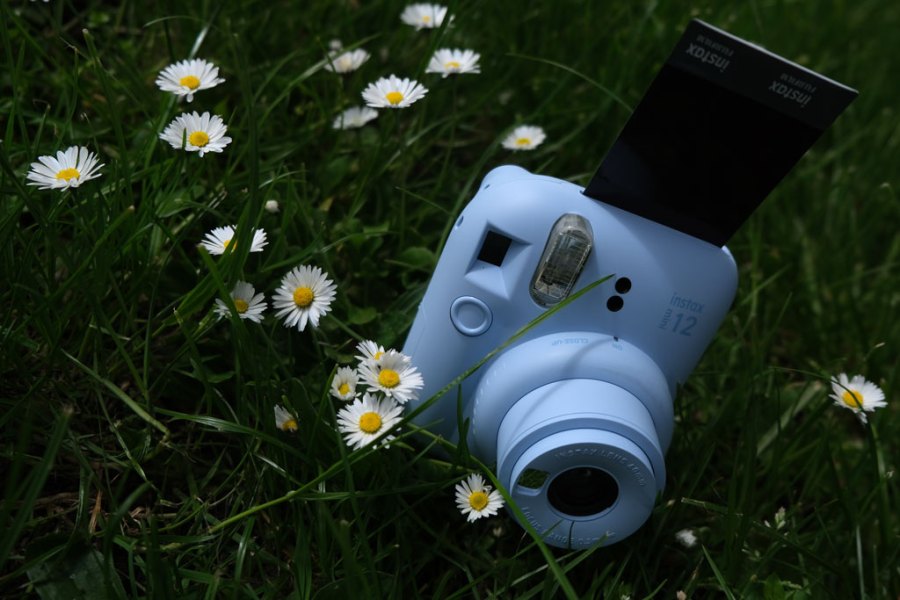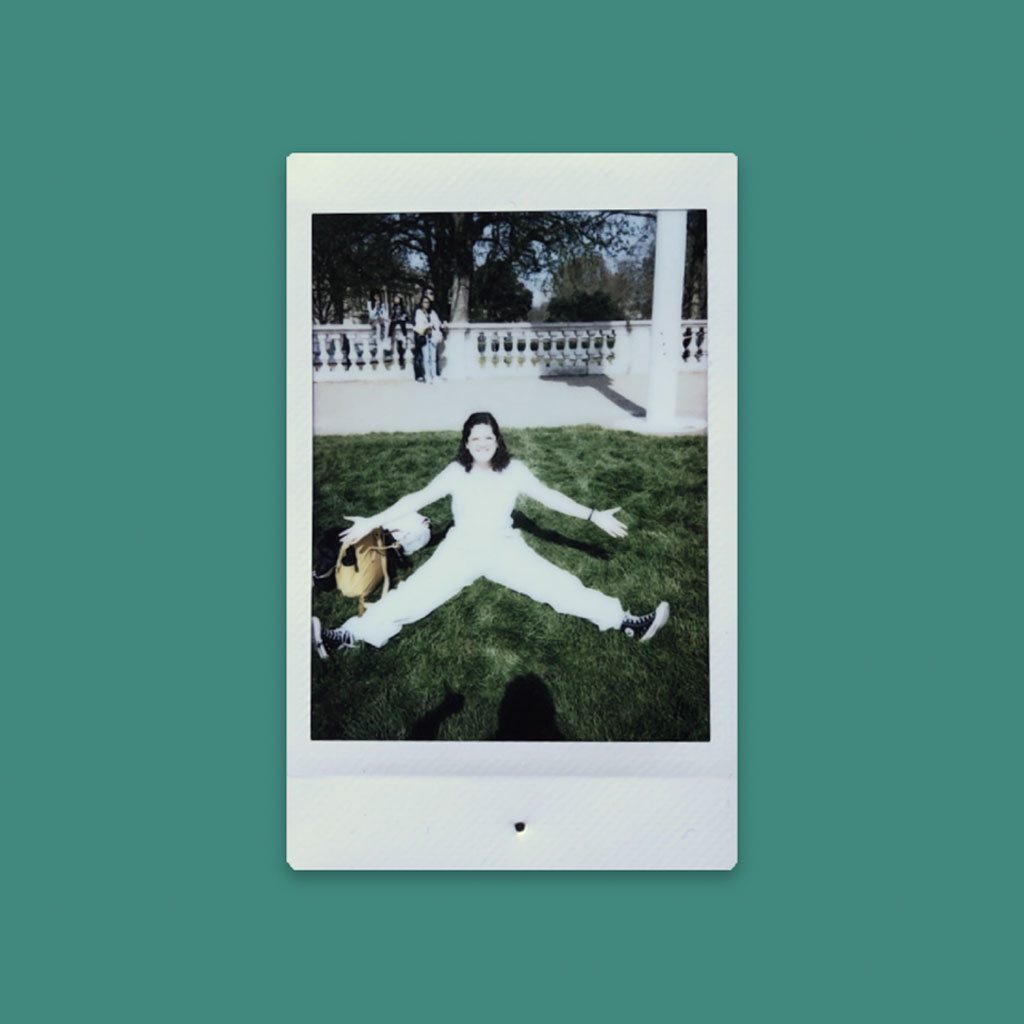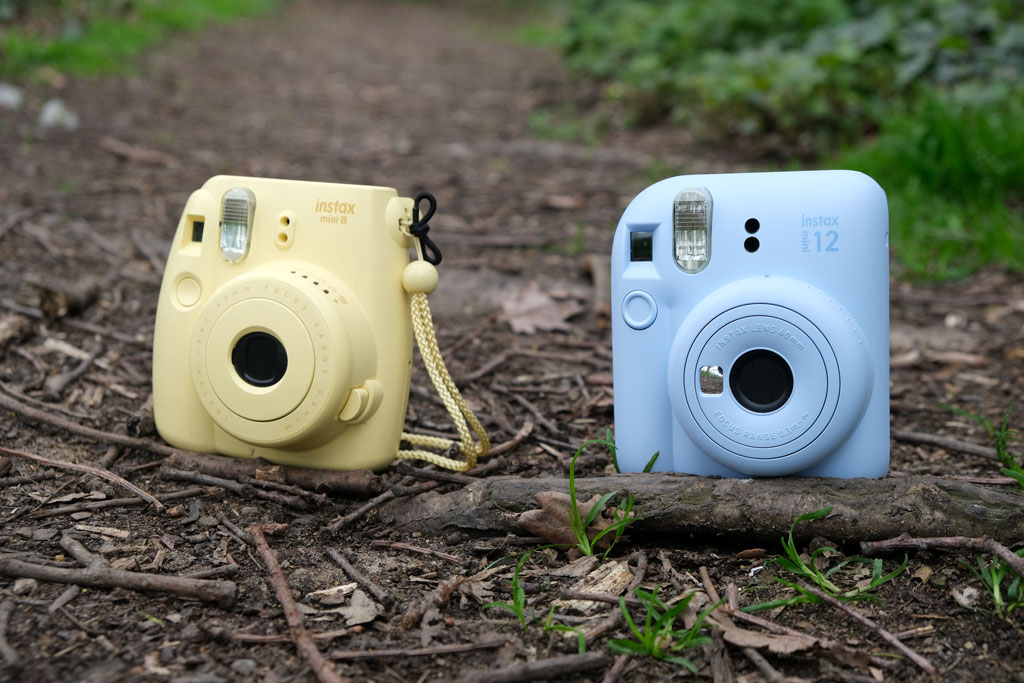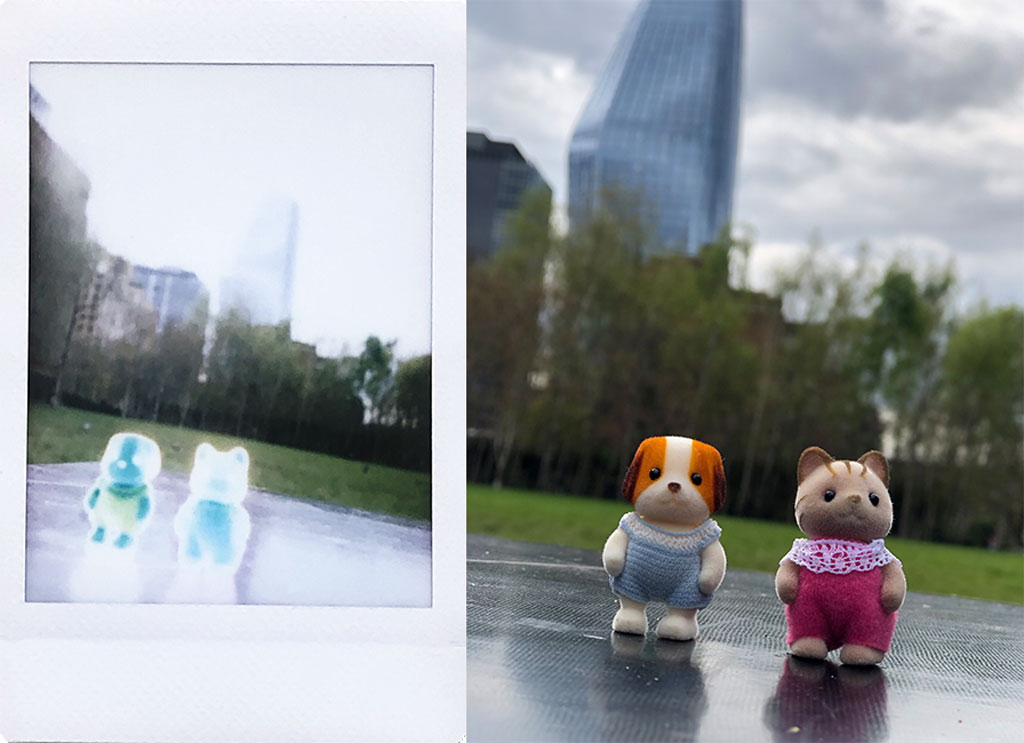Amateur Photographer verdict
Joy is at the heart of Instax cameras and the Fujifilm Instax Mini 12 provides the fun of traditional film photography in a modern package.- Easy to use
- Nice portrait and selfie-taking capabilities
- Delivers the film-shooting experience
- Relatively inexpensive
- Slippery surface and boxy design
When Fujifilm released its latest Instax model, the Fujifilm Instax Mini 12, I was curious to see how it had upgraded the camera, especially as the Mini 12 only has two modes compared to the previous Mini 8’s five. The Mini 12 boasts automatic exposure and flash control, and a handy selfie mirror. Its great value wins it a place among our top instant cameras – but does it win my heart from the Mini 8 that I’ve owned for over seven years?
Fujifilm Instax Mini 12 at a glance
- $89 / £79
- Choice of five colours: Lilac Purple, Blossom Pink, Clay White, Mint Green, and Pastel Blue
- Compatible with Instax Mini film
- 86mm x 54 mm print size
- https://instax.co.uk/cameras/mini-12/
INSTAX UP! App
When this camera was announced, an accompanying app, the INSTAX UP! App, was released too. It can be used to scan, store, edit and organise your instant photos (mini, square, and wide). You can also share images directly to social media.
I was quite happy with the results from copying my prints using the app. It was like having OneDrive (which I used to scan things previously) and Adobe Lightroom in one app. In some cases, further tweaking was necessary, as the app does not always detect the edges of a print accurately (which can be time-consuming when you’re scanning 20 prints in one go, as I was). Also my phone (an iPhone 8 Plus) got hot and went from 40% to 14% charge in around twenty minutes.
Key features
- Standard mode: The standard shooting mode employs automatic exposure and flash control
- Close-up mode: This enables shooting in a range from 0.3m to 0.5m
- Built-in selfie mirror: A small mirror is located just to the side of the lens
- Smaller re-designed body: There’s no separate ON button, just twist the lens ring to turn it on
Camera body and design
The Fujifilm Instax Mini 12 is smaller and lighter than the Instax Mini 8, something that I did not notice until I put it into a camera bag bought for the Mini 8, and it looked like me in ill-fitting jeans.
The design is also boxier – and relatively slippery. As someone who’s ever anxious about dropping my camera (which has actually only ever happened once or twice), this took some getting used to.
The shooting experience
Despite the upgrades, the shooting experience with the Fujifilm Instax Mini 12 felt largely the same (like a strange, but fun, science experiment).
I did find that the Fujifilm Instax Mini 12 was easier to shoot with and did not feel the loss of the many modes of the Mini 8, which provides the option to select a different mode depending on the lighting conditions around you. This is a good idea in theory, but in practice, I saw very little difference in my results, and found myself manually using flash for almost every photo. The Mini 12’s results were still fairly erratic; to be expected given the minimal settings available.
The final product
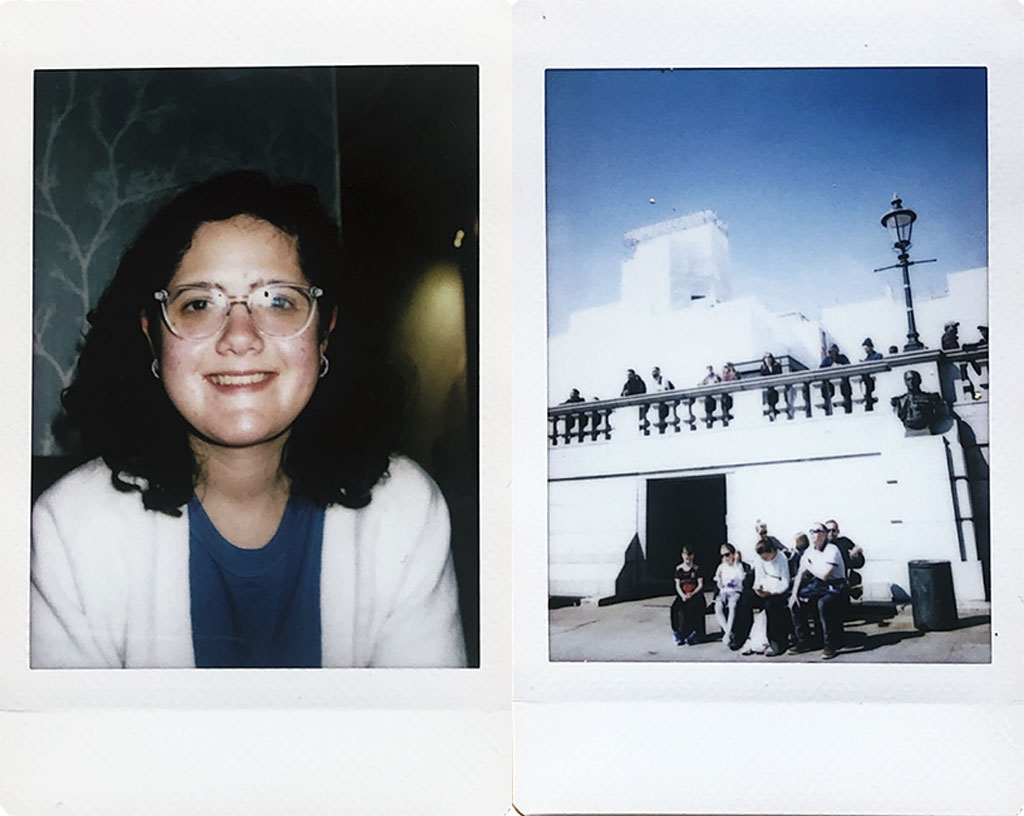
All the images I took using the Close-up mode came out blurry, though to be fair I may have been too close. I still would not say that the camera lends itself to close-ups, as on one occasion I tried shooting my Sylvanian families figurines and they came out looking as though they were in a negative (and the Psycho soundtrack rang in my ears). That said, this camera really shines in taking selfies and portraits and took some nice travel snapshots from afar too.
Verdict
Joy and fun are at the heart of Instax cameras and the Fujifilm Instax mini 12 provides both. Week by week this camera has grown on me, though I still have to fully figure out the close-up mode, and do prefer the older camera’s design. But overall, less is best in this case.
Related content:
- Best instant cameras and printers
- Best Fujifilm cameras to buy
- The Instax Mini 8 is not a toy
- How to get started in film photography

